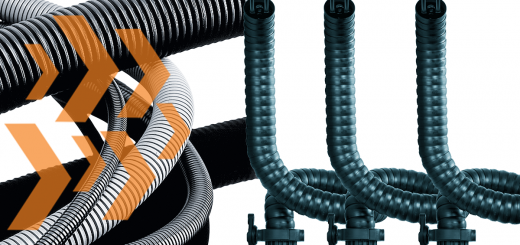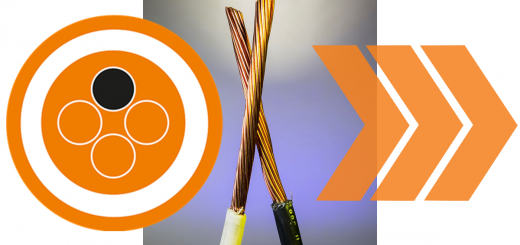Is virtual reality the future?
Article originally appeared on https://blog.igus.co.uk/is-virtual-reality-the-future/
Virtual reality, often abbreviated as VR, is a topic that has gained much attention alongside artificial intelligence (AI). These technologies are at the forefront of discussions, with opinions divided on their impact. Some argue for their necessity, while others express concern about their disruptive influence on various industries. Amidst these mixed messages, it’s challenging to discern a clear consensus. However, my interpretation of the prevailing sentiment towards VR is largely positive. Thus, it prompts the question: Could virtual reality be the future?
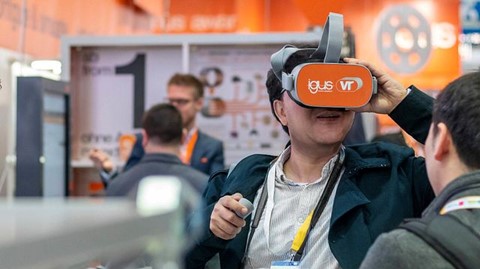
What is virtual reality?
Virtual reality is a subset of extended reality, and is an environment generated via a computer, a reality which brings three dimensional images to life. In a world where the younger generation predominately spends more hours than they should playing Fortnite or Call of Duty, is it surprising that the world of VR is now spilling into business. But what is it used for generally and how is it being used in the engineering world?
Virtual reality in engineering
Virtual reality (VR) can be an invaluable tool in engineering, particularly during the early design stages. It allows companies working on large-scale, costly projects to virtually step into a space and examine objects in detail, objects that would otherwise be impossible to see up close. For instance, you could ascend to the top of a skyscraper to evaluate the design, or visit an offshore oil rig to inspect the harmonious operation of its components. This potential for immersive exploration is precisely why igus® developed the iguverse, a VR experience that transports customers into an engineering realm filled with endless possibilities.
How is igus® using virtual reality?
The iguverse was initially created as a platform to explore new and fascinating ways to save time, money and resources in product development, optimization and maintenance stages.
igus® started using it as a tool to establish the layout of our exhibition stand at our biggest international exhibition, Hannover Messe. We used the virtual reality space to design the stand before any part was built. This process not only saved us time but also money by not having to do multiple costly changes once the stand had been built.
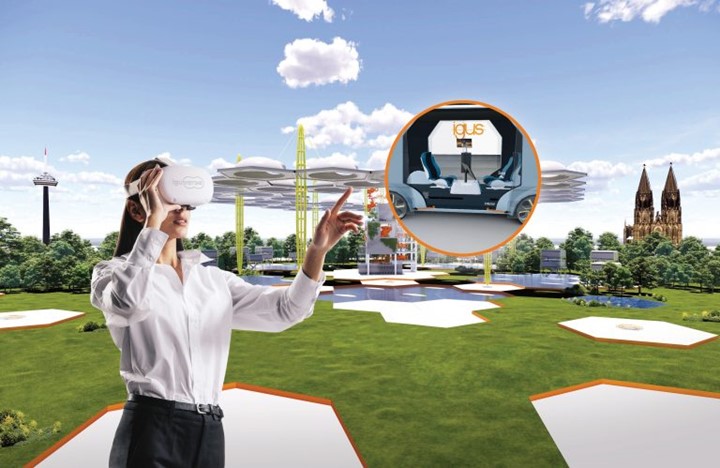
Since its inception, we’ve enhanced the iguverse experience. Now, we’re using it to welcome customers into various rooms that display applications and products, some of which, like our massive e-loop® on an oil rig, would be impossible for certain customers to see in person. Flying people out to these locations would be both logistically challenging and costly. However, with VR, we can give customers the experience of standing atop an oil rig and observing how our products function within the application, all without them having to move more than a few steps.
How is the igus® VR experience going to impact the future for engineers?
Virtual reality is not only going to impact the engineers of today, but this new technology will encourage, inspire and motivate the next generation of engineers.
The younger generation is immersed in a world of gadgets. They often have a better grasp of technology than those of us from older generations. They’ve grown up with technology and have seamlessly integrated it into their lives. This trend isn’t going to fade away. In fact, technology will continue to advance and become even more integral to our lives. And believe it or not, virtual reality (VR) is just the tip of the iceberg.
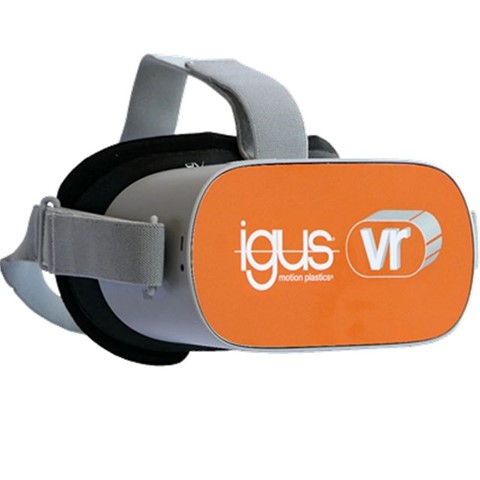
Today’s technology, like VR, is a game-changer for companies. It’s not just about saving time and money, it’s also about being eco-friendly. Imagine being able to travel to another country, or even another world, without leaving your office. That’s fewer planes in the sky and a smaller carbon footprint.
Take the iguverse, for example. Companies are snapping up virtual “space” to create their own rooms, showcasing their applications. They can add components, products, and designs at the prototype stage, and make changes without any real-world consequences. Even the heaviest or most static parts can be manipulated – enlarged, shrunk, examined up close. Ever wanted to stick your head into a moving machine to see how a part works? With the iguverse, engineers can do just that, exploring new possibilities and pushing the boundaries of what’s possible.
So why not give our VR experience a try? Step into the iguverse with us and see if you agree that virtual reality is the future. Want to know more? Check out Joseph Flaig’s recent iguverse experience with the Institution of Mechanical Engineers, and don’t forget to read our other blogs on our products, services, and innovations.

